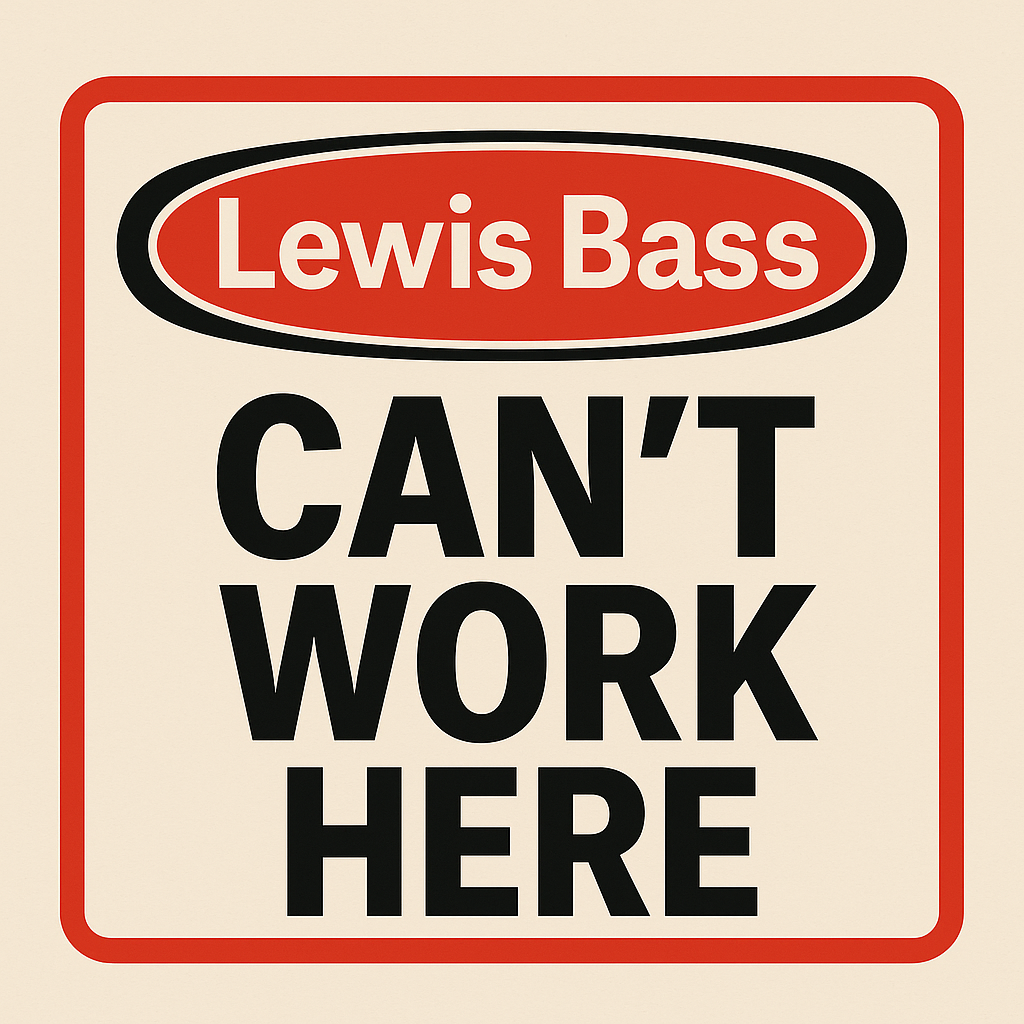Ask Lewis Bass: Do We Need F47 Voltage Sag Testing for Our New Semiconductor Tool?
From the Desk of Lewis Bass
Welcome back to another edition of “Ask Lewis Bass,” where we tackle your most pressing engineering-compliance questions. This week, we answer a timely submission from an anonymous equipment engineer…let’s call them “Voltage Vince”! Who’s wrestling with the murky world of voltage ride-through spec compliance for U.S. semiconductor systems.
Now, on to this week’s question…
Question:
Hi Lewis Bass,
We’re a semiconductor equipment OEM based in Singapore developing a new tool for a fab in the U.S. Our internal electrical team is asking whether we must perform F47 voltage sag testing, and if so, what that actually means and how strict the requirements are. Any help would be great.
– Voltage Vince
Lewis Bass:
Hi Voltage Vince,
Ah, the electrifying query of voltage sag testing: literal power on the rip! You’re definitely not alone. F47 voltage sag testing often trips up equipment builders when outfitting a tool destined for U.S. fabs, especially when the local utility or fab owner has ride-through performance expectations that mimic SEMI F47.
At its core, F47 voltage sag testing refers to verifying that equipment maintains operation through short, deep voltage dips often caused by load changes or external faults. Though SEMI F47 is technically the standard for fab-level ride-through, many AHJs or fab specs will request equipment-level compliance even before full system integration.
If your U.S. customer insists on ride-through performance (even informally) that’s where F47 voltage sag testing becomes a crucial test to design for compliance to. Without demonstrable compliance, your tool might simply fail fab acceptance, leading to costly delays and awkward technical debates (or even lost sales).
How To Navigate F47 Voltage Sag Testing
Confirm the Requirement
Look closely at your customer’s documentation. Are they referencing SEMI F47 directly or do they just want “ride-through capability”? It sounds like your engineering team is reading between the lines, which is good, but let’s clarify whether a formal F47 test or an equivalent performance spec is required.Test Plan Scoping
If a formal test is needed, you will need an F47 contractor to help you define the amplitude, duration, and waveform requirements. Typically, voltage sags to 70% or 50% of nominal for various durations. A capable F47 lab will also suggest suitable test setups and instrumentation (like programmable AC dip generators) to replicate the required sag profiles.Mitigation Strategy
Sometimes, rather than modifying the equipment to withstand sag directly, it’s more efficient to add internal ride-through solutions, such as UPS modules or local energy storage. Have your design team look into evaluating trade-offs in cost, footprint, and certification complications.Documentation & Acceptance
Whether you pass a formal SEMI F47 test or qualify via equivalent ride-through proof, you will need to document the results clearly for both internal QA and your U.S. fab client’s acceptance process.Quick Pro Tip from the F47 Lab’s Perspective
Assuming F47 voltage sag testing is required is a smart move, but don’t neglect your mitigation strategy. Sometimes, a smart combination of partial test coverage plus internal power buffering gets you to acceptance more smoothly than chasing every test permutation.
Well, Voltage Vince, we hope this sheds light on how to navigate F47 voltage sag testing for your upcoming U.S. tool deployment. When you pair strategic planning with solid documentation, ride-through compliance becomes less of a hurdle and more of a box you check confidently.
Do you have a question for Lewis Bass?
If you have a question you would like to ask our engineering team about, and don’t mind it being featured in one of our upcoming blog posts, please contact us and reference “Ask Lewis Bass” in the message body.
Include any helpful context along with the question you’d like us to answer for you. All company contact information except for a first name, unless already anonymous on receipt, is anonymized for privacy reasons.



